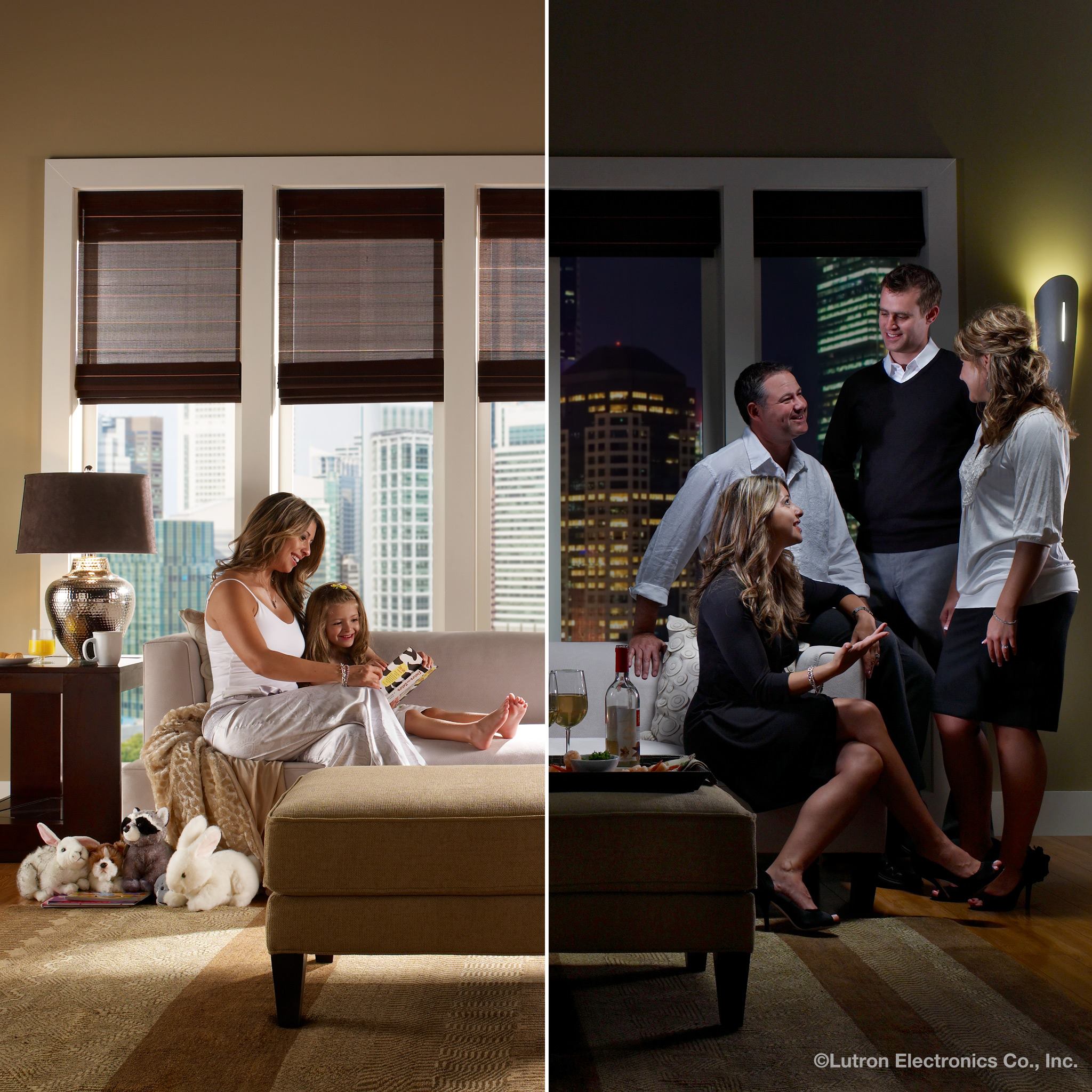How To Choose the Best Home Automation System

Today’s Home Automation Systems Fit A Range of Needs and Budgets
Home automation is the next frontier for many homeowners. A few years ago, most of the systems on the market were difficult to use, expensive and designed mainly for very large homes. But today’s systems are much easier to operate, cost effective and can be designed to control a home entertainment system or the electronic components of an entire home. Through a smartphone, you can remotely control your home from anywhere and decrease home energy costs while doing so.
 Flexibility
Flexibility
The main feature you’ll want in a home automation system is flexibility. Higher-end systems are designed to work seamlessly with most of the major electronics you own - home theater, surveillance cameras, security, climate control systems, appliances and more – and are constantly updated to work with new components. Robust automation systems, from companies such as Savant, produce apps with elegant interfaces that can be accessed over a smartphone or tablet. Home automation solutions from Lutron, for example, work well with security systems from a variety of manufacturers to tightly integrate automation features with systems you might already own.
Control
Homeowners install automation systems for a variety of reasons, but most of them are based on convenience and cost savings. Homeowners can save money by adjusting the temperature of their homes, remotely control lights, activate home security, and other uses. It pays to install a high-end system. Those on the low end tend to cut corners by leaving out the more granular control needed to optimize the most important elements of home automation.
Variety
Low-end systems are designed to handle the very basic controls. But most homeowners aren't just looking for a light switch on their keychain. They want to be able to control motorized blinds, air conditioning and heating, and home security, not just in their primary homes but also in secondary homes, all with the same system. High-end systems are designed for comprehensiveness and longevity, while low-end systems are more for basic, short-term needs.
Comprehensive Control Made Easy
Low-end systems just can't do everything you want. Homeowners often find themselves cobbling together a system with a smart thermostat from one company, intelligent lighting from another, home monitoring from a third. They wind up with a mess of sensors, apps, and tools, none of which work together or even communicate with each other. High-end systems include everything you need in one package and can easily expand with your needs
 Communication
Communication
Low-end systems cut corners on technology and software, so your "smart" home is a bit dumber than it should be. A system from Savant, for example, will intuitively understand that you want your home a certain temperature and communicate that command to all related components, such as the thermostat and blinds, saving you money and lessening the strain on your climate control system.
Home automation is about tying in all of your electronic components, ensuring that the right ones communicate with each other at the right time. With a high-end home automation system, you'll know that you're getting the smart home that has graduated to the next class in convenience and cost savings. Contact us today to get started!
